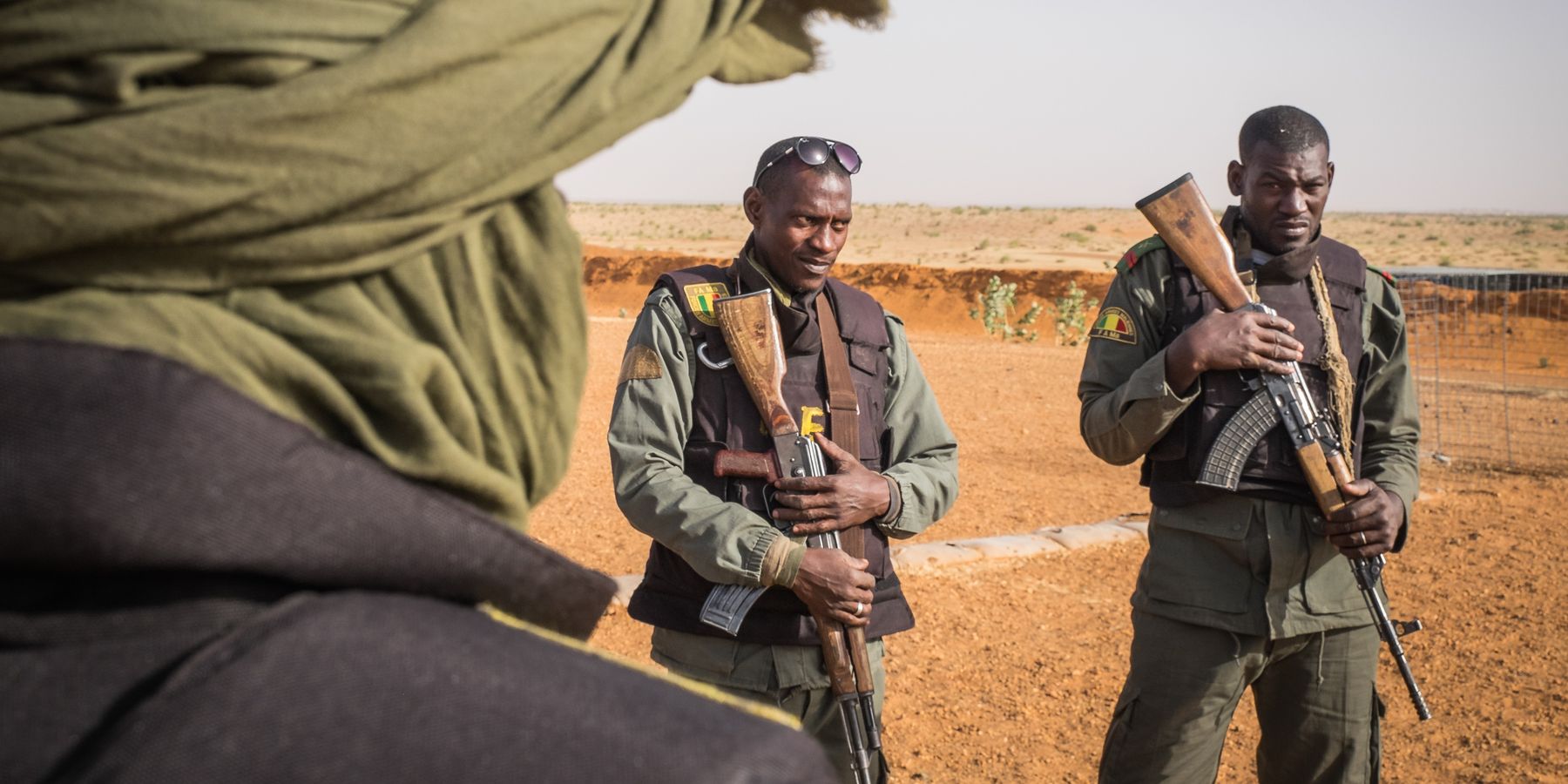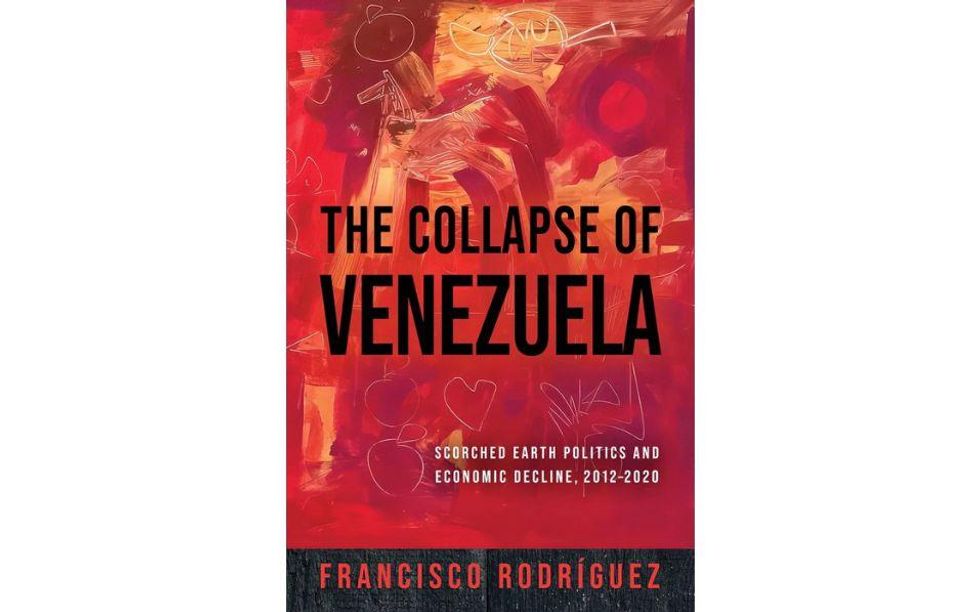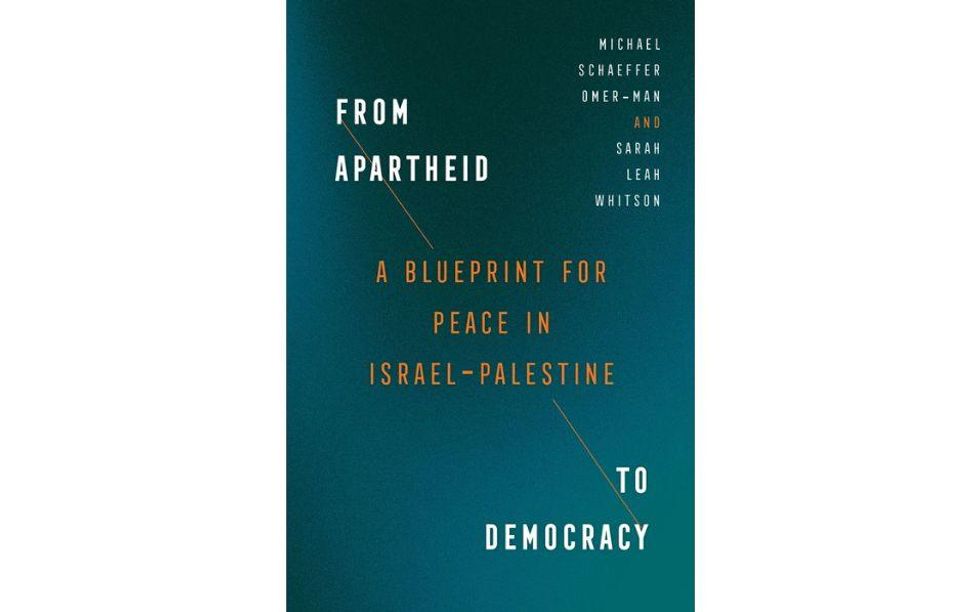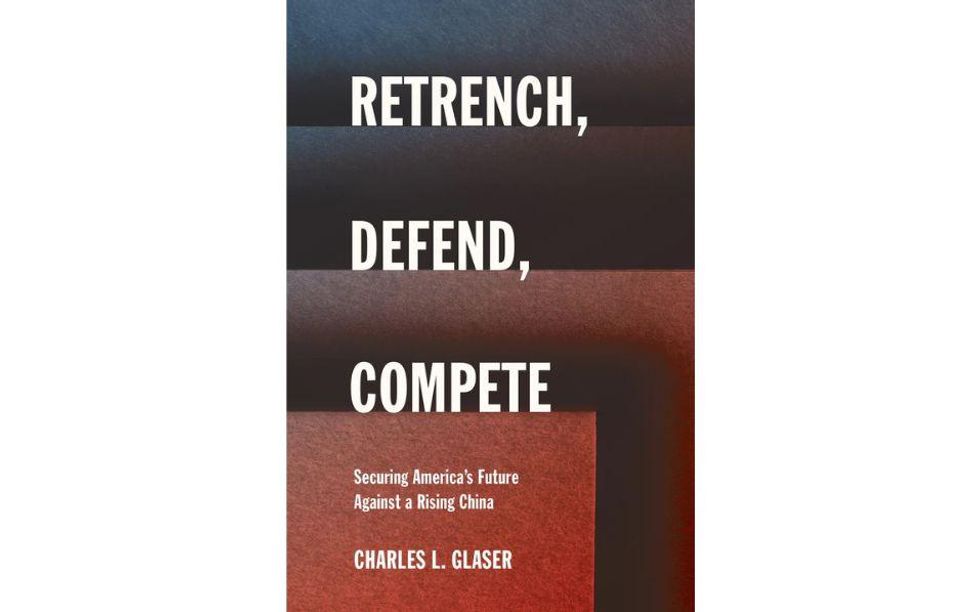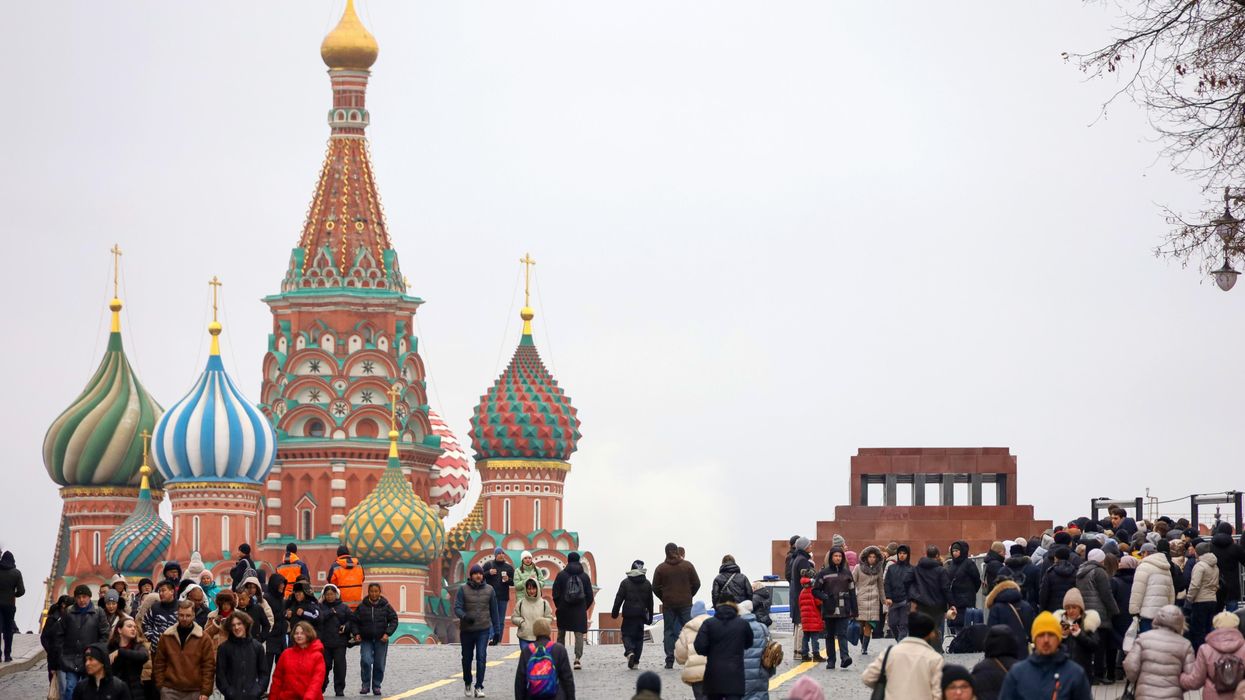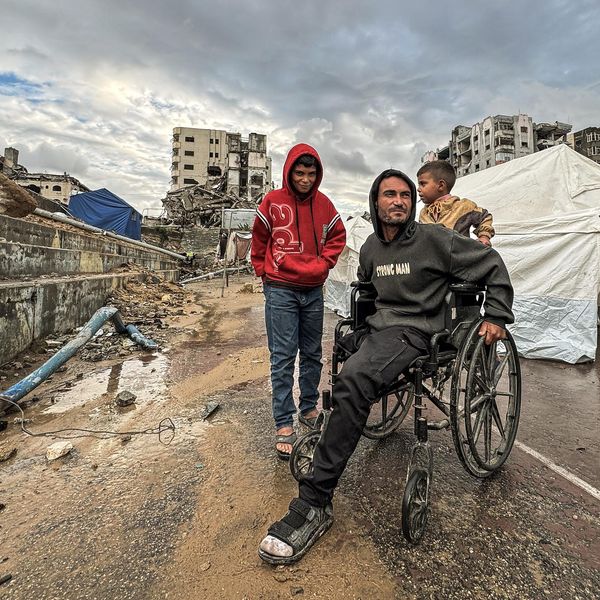On June 6, a Wagner-affiliated Telegram channel announced the Russian private military company’s (PMC) withdrawal from Mali, declaring “mission accomplished.”
After continuing operations in Mali nearly two years after the deaths of its founders, Yevgeny Prigozhin and Dmitry Utkin, the Russian state has finally subsumed Wagner’s structures under the Russian Ministry of Defense-subordinate, Africa Corps.
The news of Wagner’s withdrawal was not surprising, as the handover process began almost immediately after Prigozhin’s death in August 2023. But much of the “withdrawal” is closer to a bureaucratic reorganization. Whole Wagner units with their structure, staffing and logistics have been retained, many employees and commanders continue to serve in the Sahel.
Still, Africa Corps’ official status as a Ministry of Defense (MoD) unit means there will be changes. Africa Corps employs a strict hierarchy. Wagner’s operational autonomy and the freedom of its commanders to make decisions on the ground will take a backseat to multi-stage approvals and red tape. The shift from Wagner’s direct participation in combat operations against the region’s jihadists and separatists to a more risk-averse Africa Corps is also at odds with the Malian military leadership’s expectations.
In late 2020, amid a rebel offensive against the Central African Republic’s (CAR) capital, Bangui, Wagner’s mission switched from training to combat operations. Around 1,500 additional contractors landed in the city with Dmitry Utkin. Their successful and brutal counteroffensive returned significant territory to the state and convinced Prigozhin and Russia’s leadership of the efficacy of military solutions to Africa’s varying insurgencies.
Impressed with Wagner’s operations in CAR, the Malian government signed an agreement with Prigozhin’s structures in 2021. Unlike in CAR, where Wagner largely operated independently, MoD military planners and advisors played a role in the intervention from the start. Formally, Wagner was to operate alongside the Malian military (FAMa) and answer to FAMa command and Russian MoD advisors. In practice, Wagner commanders had a high degree of autonomy in the field and often conducted military operations unaccompanied.
From the Kremlin’s perspective, the appearance of a PMC structure in Mali had little to do with “plausible deniability.” Prigozhin operated in an environment in which only private individuals could be responsible for failure, while success is shared with the state. Prigozhin’s efforts to escape these restraints in his March on Moscow, followed by his death, only accelerated the inevitable officialization of Wagner’s structures in Africa.
With the exception of its operation in CAR, the commercial component of Prigozhin’s African empire has either been divvied up or disappeared, while the group’s political advisory and information wings were divorced from military operations. The officialization of Wagner through Africa Corps, therefore, has only affected the PMC. The process of that officialization, however, has differed in each country where Wagner operated.
In Libya, Wagner’s operations were completely subordinated to Africa Corps and reinforced with new units, military equipment, and weapons. Following the fall of Bashar al-Assad in Syria, the territory of Libya controlled by Field Marshal Khalifa Haftar became a regional hub for Russian aviation. Libya’s port at Tobruk is now a de facto Russian logistics base.
In Sudan, where the Russian MoD now supports General Abdel Fattah al-Burhan and the Sudanese Armed Forces (SAF) in the civil war against the Rapid Support Forces, Africa Corps is not formally present. However, anonymous sources note military specialists do take part in special operations.
In Burkina Faso, Niger, and Equatorial Guinea, Russian intervention post-dates Prigozhin’s demise. Burkina Faso’s sociopolitical context is still an obstacle to foreigners’ direct participation in combat, and Africa Corps specialists train personnel and service weapons and military equipment. Missions in Niger and Equatorial Guinea are similar.
In Mali, however, the handover from Wagner to Africa Corps was far more difficult. Unlike in Libya, where a ceasefire between Haftar and Tripoli has largely held, Russian advisors and Wagner units in Mali found themselves engaged in complex, overlapping security, humanitarian, and political crises. With resources largely trapped in Ukraine, it was impossible to immediately replace Wagner units with a new structure. Nor were all Wagner fighters ready to sign new contracts.
As a result, Wagner assault groups retained partial independence from the MoD and Africa Corps. At the same time, they increasingly replaced FAMa formations in the bush and were further drawn into local conflicts and prerogatives. The announcement of Wagner’s withdrawal from Mali implies that an agreement between these units and the MoD in Bamako has finally been reached. It is less a physical retreat than a conclusive submission of these units to a more established chain of command.
This leaves the Central African Republic as the last holdout for legacy Wagner. And Wagner’s military and political leadership in CAR continues to lobby for retaining their unique structure. Wagner’s military, commercial, and political services are greater than the sum of their parts, they argue. Stripped of risk taking, on-the-ground decision making, and commercial incentives—in other words, Africa Corps— Wagner differs little from the European Union training missions it ousted. “We are confident,” a source in Wagner’s military leadership says, “that we will stay in CAR. And the government is of the same opinion.”
For now, at least, the Kremlin and MoD seem to agree with Wagner in Bangui, though a superficial name change may still be imposed. But Wagner’s commanders in CAR bring up points that spark continued debate within Russia’s military circles, particularly on the Sahel: how should Africa Corps, or Russia more generally, engage in the region’s complex, overlapping crises? And who is going to pay for it?
Budget for far-flung operations tends to decrease over time, a fact Prigozhin understood well. His commercial enterprises were an effort to make Wagner’s interventions in Africa self-financing and not reliant on ad hoc subsidies from the center. And while Africa Corps is, to a certain extent, designed to prevent the creation of another Prigozhin in Africa, the political economy of Russia will still foster the arrival of new, mini-Prigozhins to the continent.
Indeed, the growing geopolitical importance of Africa to Russia will foster a new crop of patriotic, entrepreneurial oligarchs to help fill budgetary gaps in places like the Sahel. Even bigger players contemplate entering the game. Russia’s state-owned nuclear energy giant, Rosatom, for example, has the budget and ambition necessary to play a larger role in Sahelian security.
Building nuclear power plants in fragile environments would require significant investment in security; and fixed-site protection is an ideal mandate for the less dynamic Africa Corps. Moreover, if Russia and Ukraine ever reach a ceasefire deal, there will be serious pressure on the state to provide employment opportunities for returning soldiers at home and abroad.
For now, though, Africa Corps in Mali finds itself a participant in a deteriorating conflict. The exigencies of today will invariably take precedence over the long-term strategies of tomorrow.
- Despite crisis in Russia, Wagner mercenaries will continue ops in Africa ›
- Recalibration or Retreat? Russia's shifting Africa strategy ›

